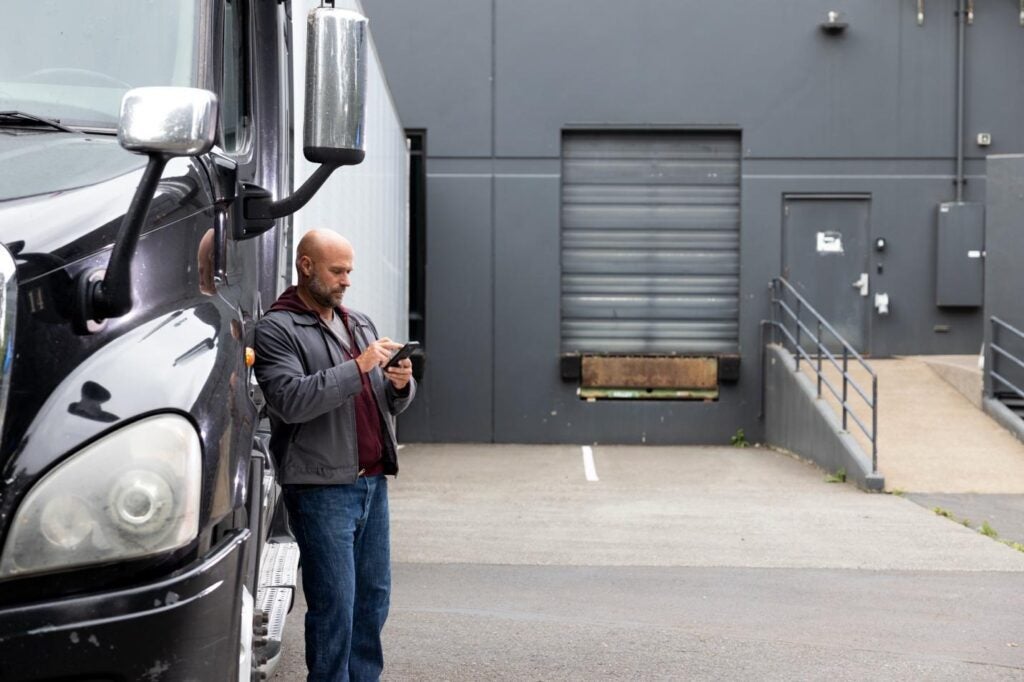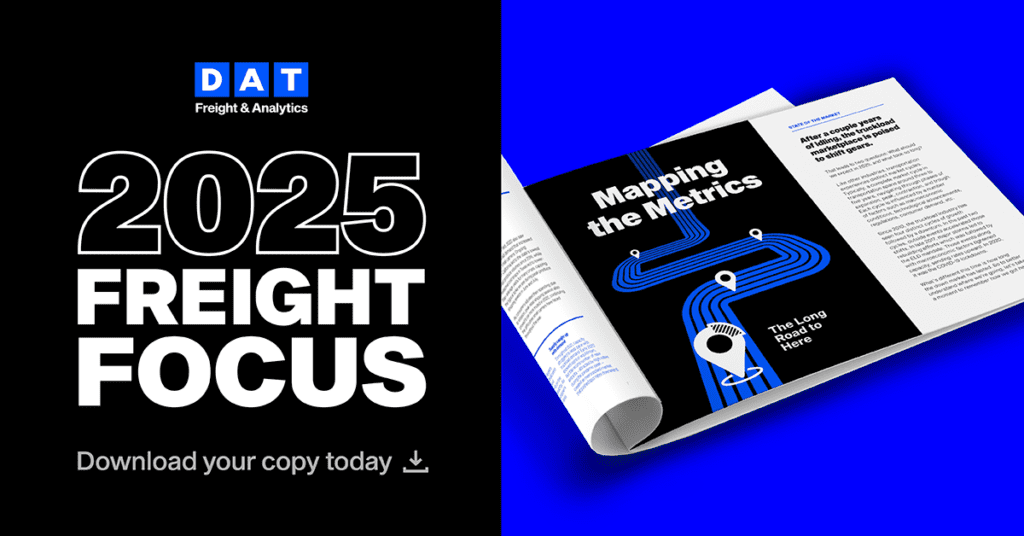The following is a guest post from Varun Shekhar, Data Scientist II at DAT.
In today’s dynamic logistics landscape, every minute counts. One of the most persistent challenges carriers and drivers face is detention — the delays that occur when trucks are held at facilities for extended periods during loading or unloading. These delays disrupt supply chain efficiency, impact driver earnings, and increase operational costs. While many in the industry have accepted detention as an unavoidable reality, advancements in AI and data science present new opportunities to explore solutions that could help mitigate this issue.

The challenge: understanding driver detention
Driver detention is costly — both in terms of lost productivity and the ripple effects it creates across logistics operations. With over $15 billion in lost productivity and direct expenses each year according to The American Transportation Research Institute (ATRI), driver detention isn’t just a delay at a facility; it represents a significant operational and financial burden. While some fleets track detention and charge accessorial fees, the problem persists because detention times can be unpredictable, and compensation for these delays is inconsistent. Traditionally, solutions to manage detention have been reactive, relying on manual reporting, historical experience, and direct communication with facilities. However, the ability to predict and manage detention before a truck arrives at a facility remains a major challenge.
A data-driven approach: how this problem could be tackled
A more proactive approach to detention management could involve leveraging real-time insights, external data sources, and AI-driven predictions to provide more visibility into potential delays before they occur. Some key components of such a solution could include:
- Facility insights and performance metrics: Crowdsourced driver feedback and facility performance data could provide carriers and brokers with real-world insights into which locations have frequent delays.
- External data integration: Market conditions, traffic patterns, and weather forecasts might help provide additional context about facility operations and potential slowdowns.
- Predictive analytics: If detention-related patterns could be identified from available data, machine learning models could be trained to assess risk levels for upcoming stops, helping carriers and brokers make more informed scheduling decisions.
- Actionable recommendations: Real-time alerts and risk scores could provide carriers and brokers with more options — whether it’s negotiating better terms, adjusting schedules, or selecting alternative facilities when possible.
Potential impact and future direction
While there is no one-size-fits-all solution to the detention problem, applying data science and AI-driven insights could offer a more systematic approach to mitigating delays. If implemented effectively, such a solution could help reduce wait times, improve load planning, improve driver satisfaction and safety — all of which contribute to better service, lower operating costs and enhanced operational efficiency for all stakeholders involved.
Looking Ahead
We are excited about the opportunity to explore how real-time data, and AI can reshape detention management in the trucking industry. Given DAT’s deep industry expertise and data capabilities, the possibility of applying AI and predictive analytics to the detention problem is an area worth further discussion. As technology continues to evolve, leveraging smarter tools and better data visibility will be key to tackling long-standing inefficiencies in freight logistics.
By continuing to engage in conversations with our customers and partners, we aim to better understand how such solutions might be developed in a way that brings tangible benefits to the industry. At DAT, together, we are not just addressing a challenge — we are exploring how to shape the future of transportation technology in a meaningful way that adds value to shippers, brokers, and carriers alike.
